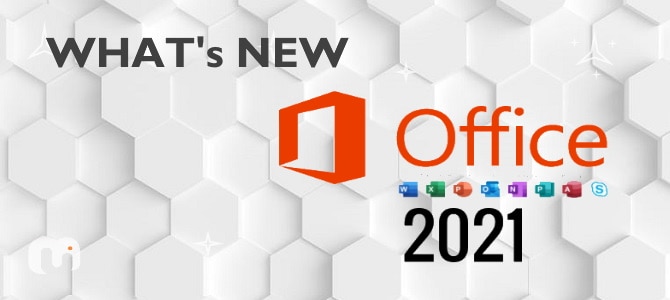The new release brings the non-subscription version of Microsoft Office closer to what’s available with Microsoft 365 or Office 365 — but only partway.
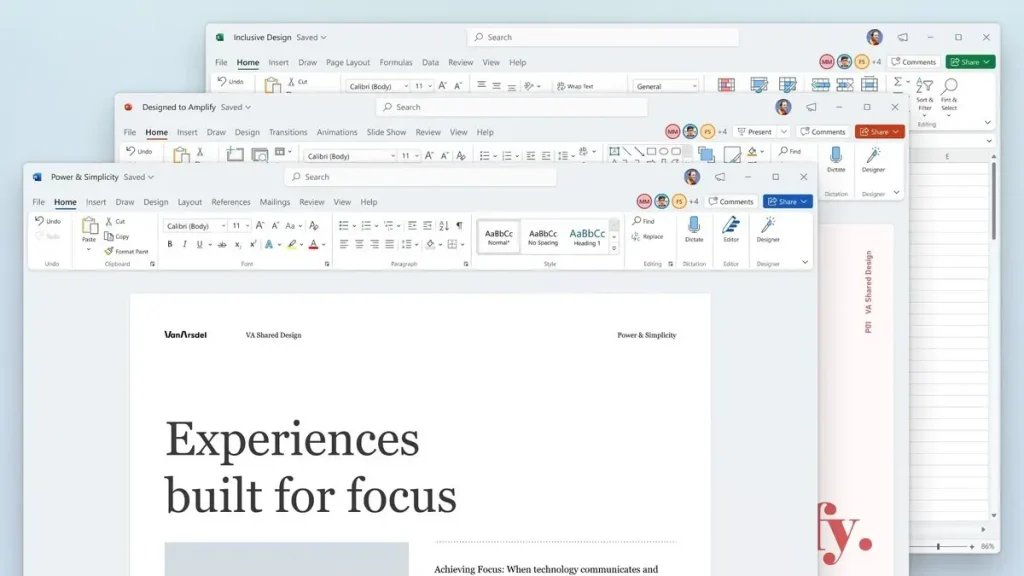
Two weeks after releasing Office LTSC 2021, the new non-subscription version of its office suite for enterprises, Microsoft has released Office 2021 for consumers, students, and small businesses. The enterprise and consumer Office 2021 versions have a similar set of new features. Before we get into those new features, though, let’s look at how Microsoft has differentiated its subscription and non-subscription versions of Office.
For years now, Microsoft has been pushing the subscription version of its office suite — known as Office 365 or Microsoft 365, depending on the license — over the non-subscription version, which it calls the “perpetual” version of Office. Office 365/Microsoft 365 subscribers pay ongoing fees to use the software, while buyers of the perpetual version pay a one-time fee and own it forever.
When Office 2016 was first released in late 2015, the perpetual version and the Office 365 version had the same features. But the two soon diverged: Microsoft began rolling out new features to Office 365 that the perpetual Office 2016 version didn’t get. When Office 2019 was released three years later, it included some, but by no means all, of the features that Office 365 had at that time. Since then, perpetual Office 2019 has remained static, while Office 365/Microsoft 365 has continued to get new features. Microsoft even went so far as to launch an ad campaign disparaging Office 2019 as compared to Office 365.
Things are no different with Office 2021 (and Office LTSC 2021). The new perpetual release gets a handful of features that were already present in Office 365/Microsoft 365, with many other features left out. And like Office 2016 and 2019, Office 2021 will receive no new features in the future, though it will receive security updates.
All that said, the features that have been added to Office 2021 are welcome, particularly a full collaborative editing experience. Here’s what’s new in this version, and what it will cost you.
Real-time co-authoring
Although Microsoft trumpeted live collaboration as a key feature in Office 2016, it turned out that the full real-time collaborative editing experience (what Microsoft calls “co-authoring”) was reserved for Office 365 subscribers. The Word 2016 and PowerPoint 2016 desktop clients for non-subscribers offered a kludgy sort of group collaboration, in which you had to keep saving the shared document to share your changes with others and see the changes they were making. To actually see changes in real time, you had to use the less powerful online versions of Word and PowerPoint. And the Excel 2016 desktop client didn’t offer live collaboration to non-subscribers at all.
In Office 2019, real-time co-authoring did come to Word, but not to Excel or PowerPoint. Non-subscribers still had to use Excel Online and PowerPoint Online to collaborate in real time.
With Office 2021, real-time co-authoring is finally available in all three desktop clients, as long as the documents you’re collaborating on are stored in Microsoft’s cloud storage service, OneDrive. Everyone working on the documents sees the changes everyone else makes as they happen. Colored cursors indicate the identity of each person. See our “PowerPoint for Microsoft 365 cheat sheet” for details on how it works.

Windows 11 look and feel
It’s no coincidence that Microsoft is releasing Office 2021 on the same day it begins to roll out Windows 11. As shown in the image above and at the top of the page, Office 2021 is getting a visual update so that it looks much like Windows 11, with rounded windows, a more neutral color palette, and an overall softer look.
Despite that new look, Office 2021 still works with Windows 10.
Integration with Microsoft Teams
Office 2021 is integrated with the chat and video features of Microsoft Teams. You’ll be able to chat and participate in Teams video calls from directly within Office.
Teams has been built into Windows 11, but with Office 2021 you’ll be able to use it on Windows 10 and macOS as well.
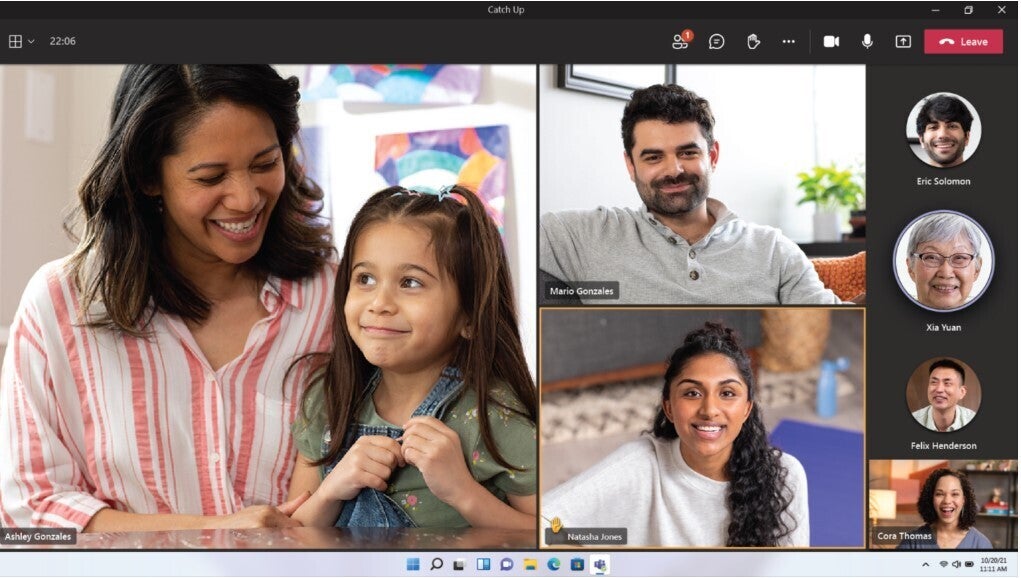
Note that the version of Teams built into Office 2021 and Office LTSC 2021 is not the full business version, and lacks features such as channels, being able to search through message archives, and others.
Other new features
There are several other new features in Office 2021 that were introduced previously in Office 365/Microsoft 365.
- Excel gets a variety of new features and functions, including XLOOKUP, which lets you find things in a table or range. Also new to Excel are a number of dynamic arrays, which let you write one formula and have it return an array of values. Excel 2021’s new XMATCH function lets you search for an item in an array or range of cells, and then return the item’s relative position. You can also use it to return a value in an array.
- In PowerPoint, there are improved Record Slide Show capabilities, which include presenter video recording, ink recording, and laser pointer recording.
- Outlook gets an improved search called Instant Search, as well as the ability to translate messages into more than 70 languages and to use ink to annotate email messages.
- Access (available only with certain enterprise Office editions) gets an updated Linked Table Manager and a new Date/Time Extended data type.
- Overall, there are more stock images and icons; a Microsoft Search box for searching content from multiple Office applications; AutoSave, which automatically saves changes to OneDrive; support for the OpenDocument format (ODF) 1.3; and some under-the-hood performance improvements, among other changes.
Office 2021 pricing and support
Prices for Office 2021 remain the same as for Office 2019: Office Home and Student 2021, which includes Word, Excel, PowerPoint, OneNote, and Microsoft Teams, costs $45. Office Home and Business 2021, which includes all that plus Outlook, costs $79 and includes rights to use the apps for business. Each can be used by only a single person. You’ll need a Microsoft account to use them.
Note that Windows 2013 won’t work on Windows 11, so if you upgrade to the newest version of Windows and want to continue to use the standalone version of Office, you’ll have to buy Office 2021.
Office LTSC 2021 for enterprises (available in Professional Plus and Standard editions) is available only through volume licensing, with prices rising 10% from Office 2019.
Both Office 2021 and Office LTSC 2021 will receive only five years of support, down from 10 years for Office 2016 and seven for Office 2019 — yet another method Microsoft is employing to nudge both individuals and businesses toward its subscription offerings.
-
販売中の商品
 Microsoft Access 2021元の価格は 24,737円 でした。2,781円現在の価格は 2,781円 です。
Microsoft Access 2021元の価格は 24,737円 でした。2,781円現在の価格は 2,781円 です。 -
販売中の商品
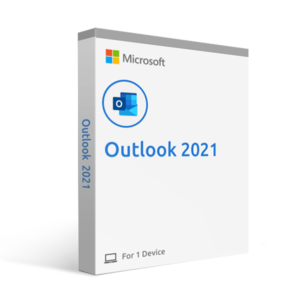 Microsoft Outlook 2021元の価格は 24,737円 でした。2,781円現在の価格は 2,781円 です。
Microsoft Outlook 2021元の価格は 24,737円 でした。2,781円現在の価格は 2,781円 です。 -
販売中の商品
 Microsoft Project Professional 2021元の価格は 17,989円 でした。3,952円現在の価格は 3,952円 です。
Microsoft Project Professional 2021元の価格は 17,989円 でした。3,952円現在の価格は 3,952円 です。 -
販売中の商品
 Microsoft Visio Professional 2021元の価格は 10,231円 でした。3,952円現在の価格は 3,952円 です。
Microsoft Visio Professional 2021元の価格は 10,231円 でした。3,952円現在の価格は 3,952円 です。 -
販売中の商品
 Mac版 Microsoft Office Home & Business 2021(マイクロソフト オフィス ホーム アンド ビジネス 2021)元の価格は 52,548円 でした。5,269円現在の価格は 5,269円 です。
Mac版 Microsoft Office Home & Business 2021(マイクロソフト オフィス ホーム アンド ビジネス 2021)元の価格は 52,548円 でした。5,269円現在の価格は 5,269円 です。 -
販売中の商品
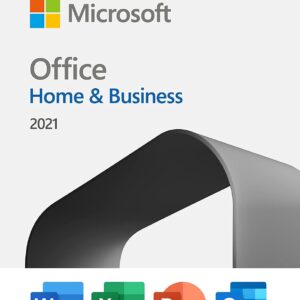 Microsoft Office Home & Business 2021 For Windows元の価格は 52,553円 でした。11,563円現在の価格は 11,563円 です。
Microsoft Office Home & Business 2021 For Windows元の価格は 52,553円 でした。11,563円現在の価格は 11,563円 です。 -
販売中の商品
 Microsoft Office 2021 Home And Student For Windows元の価格は 24,737円 でした。3,659円現在の価格は 3,659円 です。
Microsoft Office 2021 Home And Student For Windows元の価格は 24,737円 でした。3,659円現在の価格は 3,659円 です。 -
販売中の商品
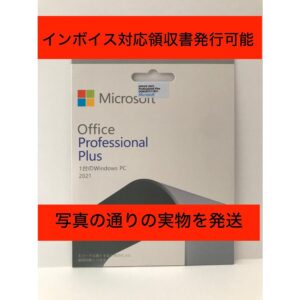 Microsoft Office 2021 Professional Plus元の価格は 64,405円 でした。4,227円現在の価格は 4,227円 です。
Microsoft Office 2021 Professional Plus元の価格は 64,405円 でした。4,227円現在の価格は 4,227円 です。


